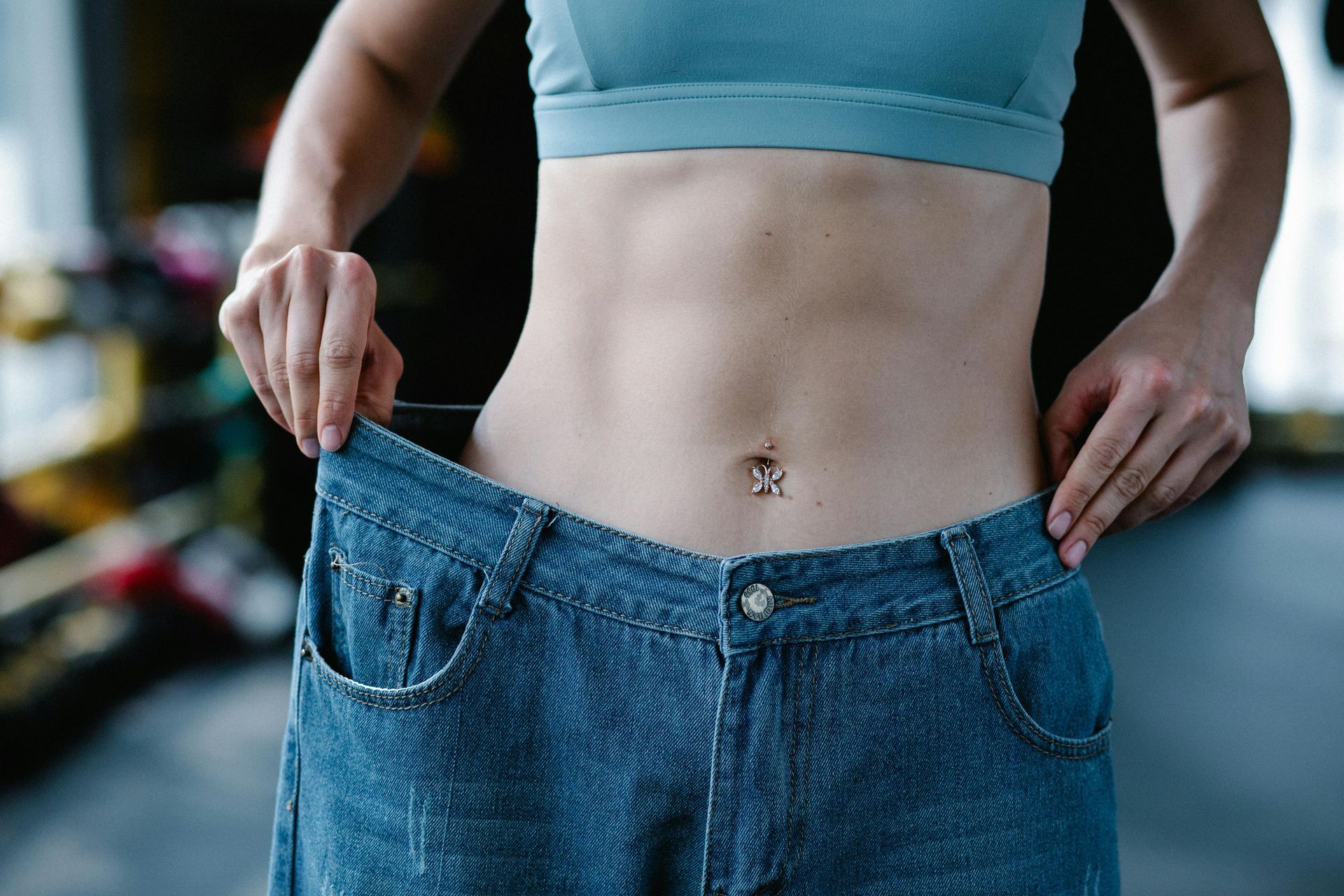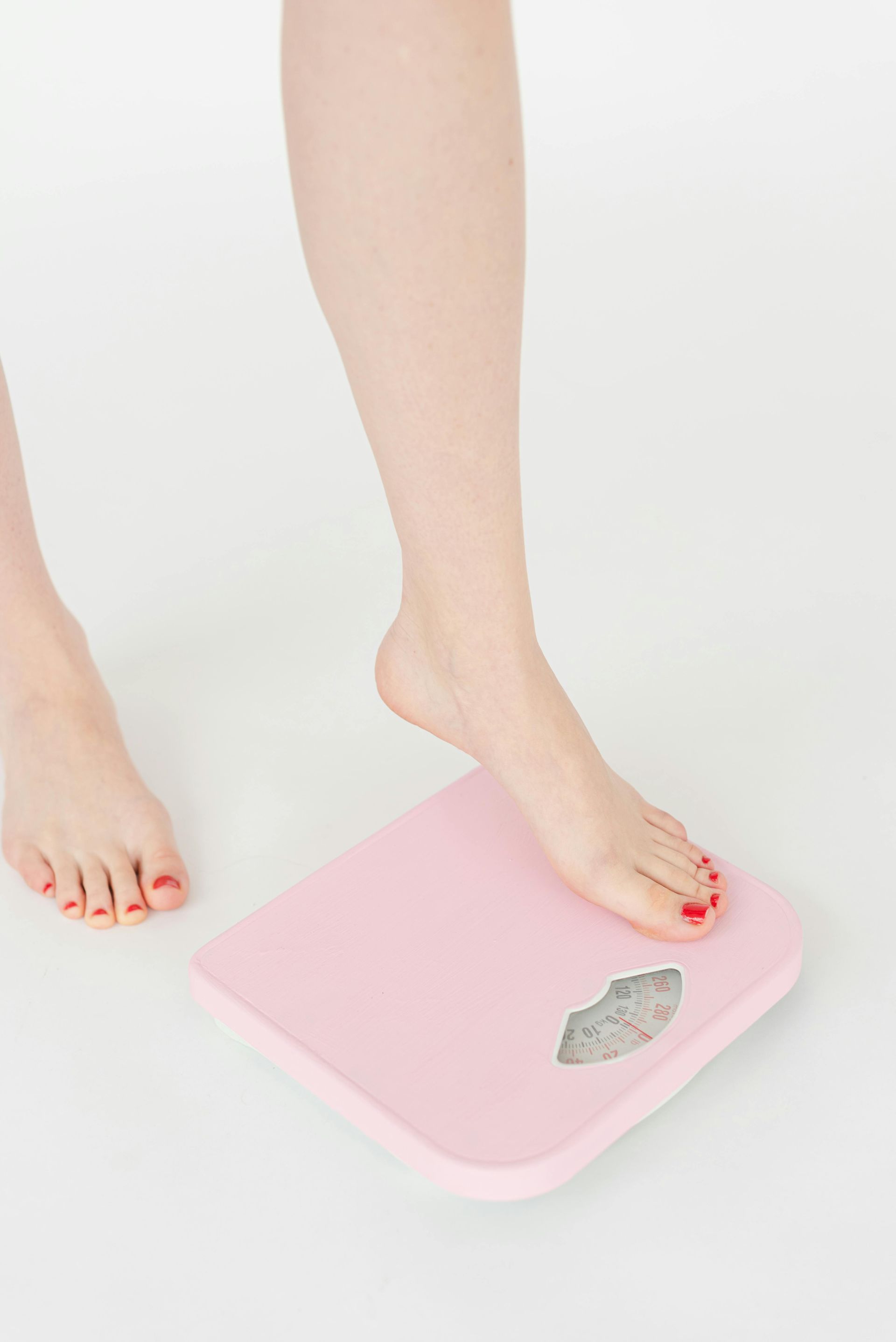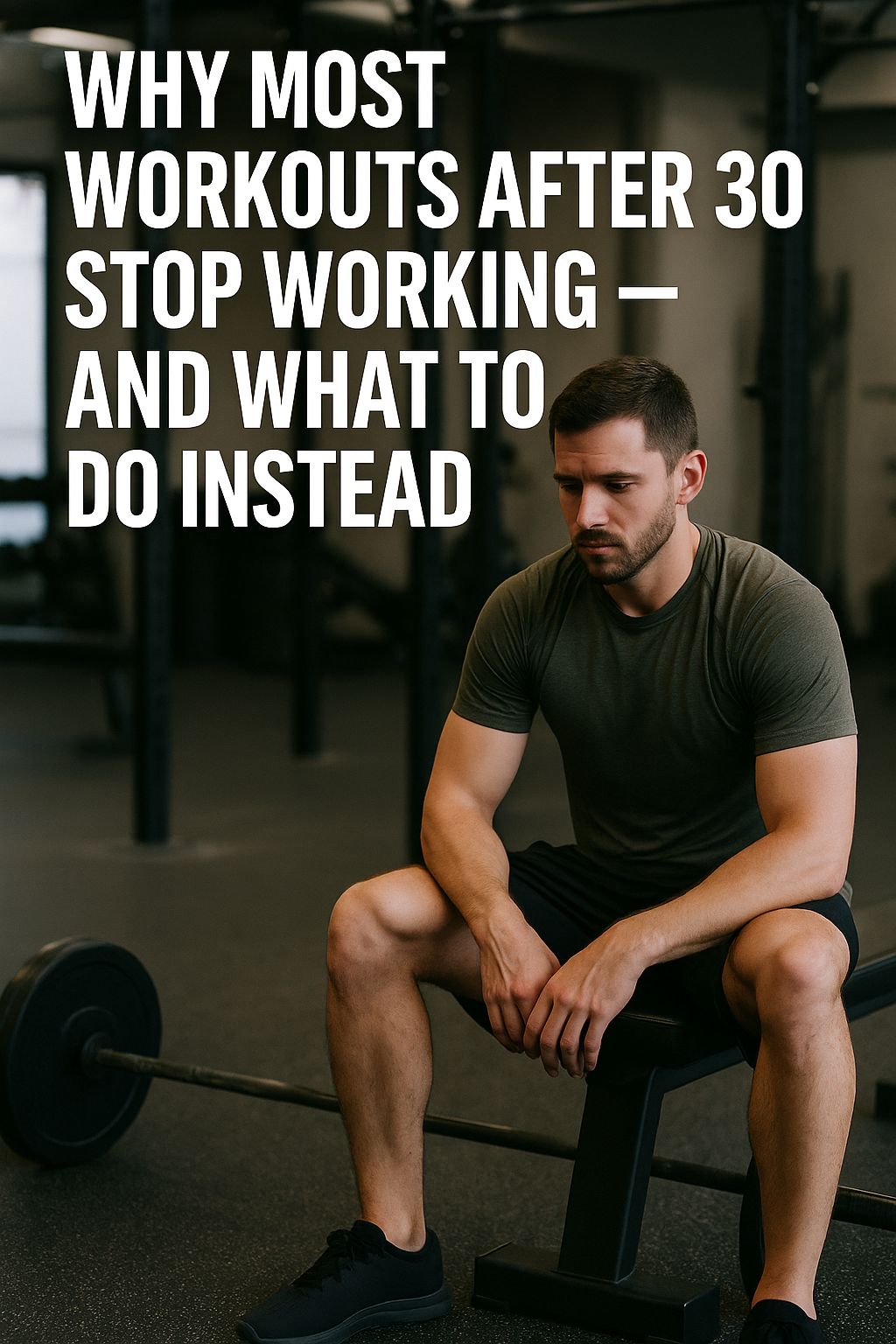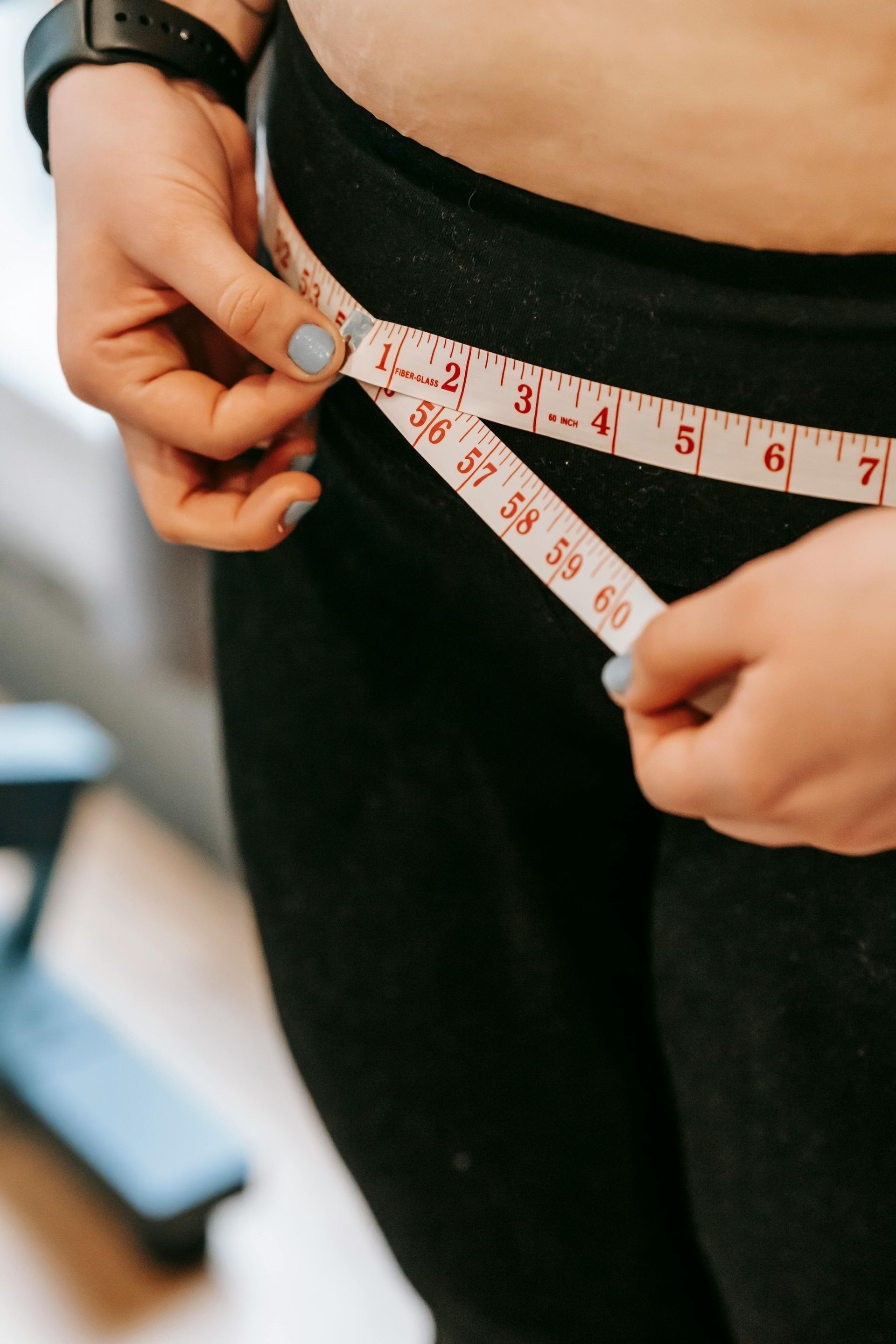Hydration Hacks: Quench Your Thirst for Optimal Performance
As a certified personal trainer and certified nutrition coach, I can’t emphasize enough the importance of hydration. It's the cornerstone of optimal health, performance, and recovery. Let's dive into some practical tips to help you stay hydrated,especially during those intense workouts and hot summer days.
Why Hydration Matters
Before we delve into hydration hacks, let’s quickly recap why it's crucial:
- Regulates body temperature: Sweat is your body's natural coolant. Proper hydration ensures efficient sweat production.
- Optimizes performance: Dehydration can impair cognitive function, reduce endurance, and increase fatigue.
- Supports muscle function: Water is essential for muscle contraction and recovery.
- Aids digestion: Proper hydration helps break down food and absorb nutrients.
Hydration Hacks
Now, let’s get to the practical tips:
1. Listen to Your Body:
- Thirst is a late indicator: Don't wait until you're thirsty to drink.
- Urine color: A pale yellow color is a good sign of adequate hydration. Darker urine indicates dehydration.
2. Time Your Hydration:
- Before workouts: Drink about 16 ounces of water 2 hours before exercise.
- During workouts: Aim for 4-8 ounces of water every 15-20 minutes. For workouts lasting longer than an hour,consider sports drinks with electrolytes.
- After workouts: Replenish fluids with water and electrolyte-rich beverages.
3. Choose the Right Fluids:
- Water is best: For most people, water is the ideal choice.
- Electrolyte drinks: Useful for intense workouts or in hot conditions.
- Limit sugary drinks: These can contribute to dehydration.
4. Make Water Accessible:
- Carry a water bottle: Keep one with you at all times.
- Flavor your water: Add fruits, herbs, or a squeeze of lemon for taste.
5. Hydrate Through Food:
- Water-rich foods: Include fruits and vegetables like watermelon, cucumber, and celery in your diet.
6. Monitor Your Weight:
- Track fluid loss: Weigh yourself before and after workouts to estimate fluid loss. Replace each pound lost with about 16 ounces of fluid.
Additional Tips for Hot Weather
- Wear lightweight, breathable clothing: This helps regulate body temperature.
- Schedule outdoor activities for cooler parts of the day: Avoid intense exercise during peak heat hours.
- Acclimatize gradually: If you're in a hot climate, allow your body to adjust over time.
Remember, hydration is a personalized process. Experiment with different strategies to find what works best for you. If you have any concerns about hydration or your overall health, consult with a healthcare professional.
Stay hydrated and enjoy your workouts!
Coach Jeffrey Davis
Certified Personal Trainer & Certified Nutrition Coach











